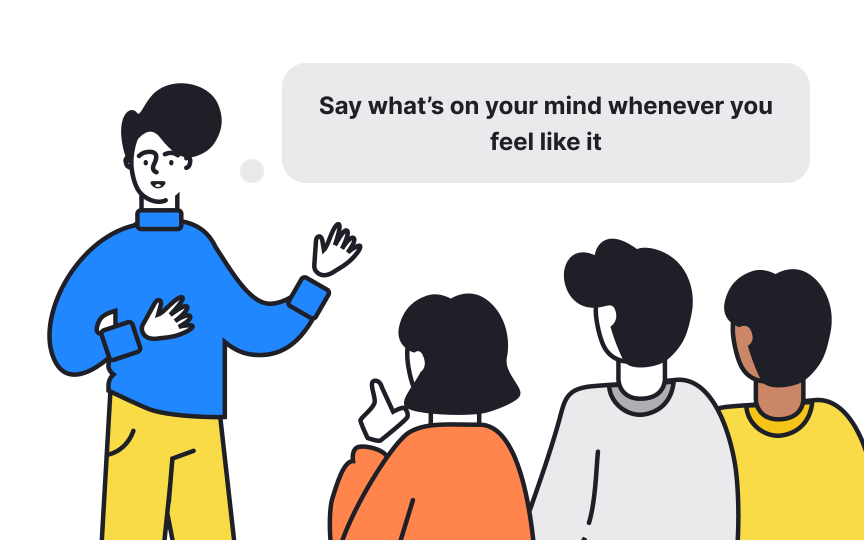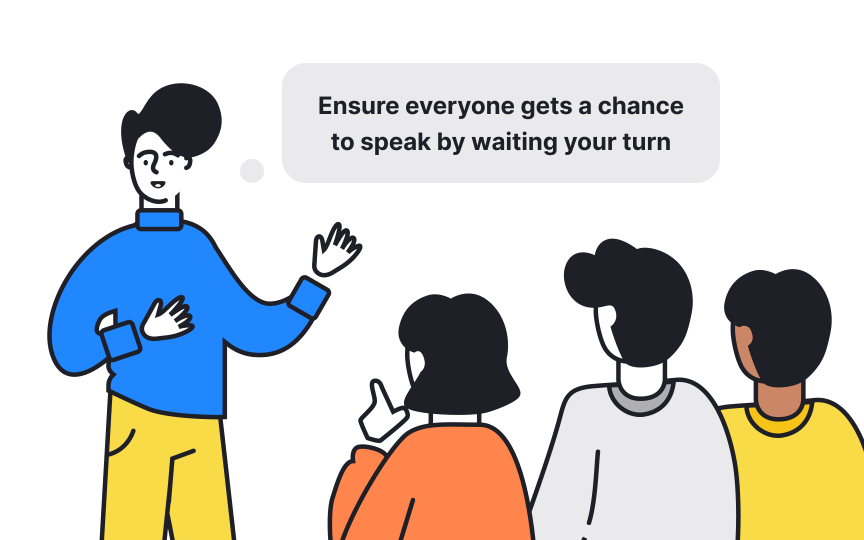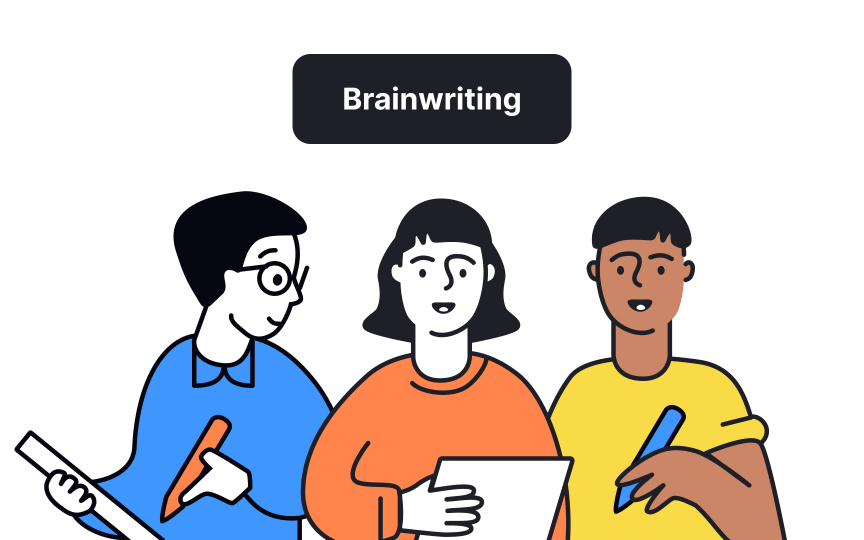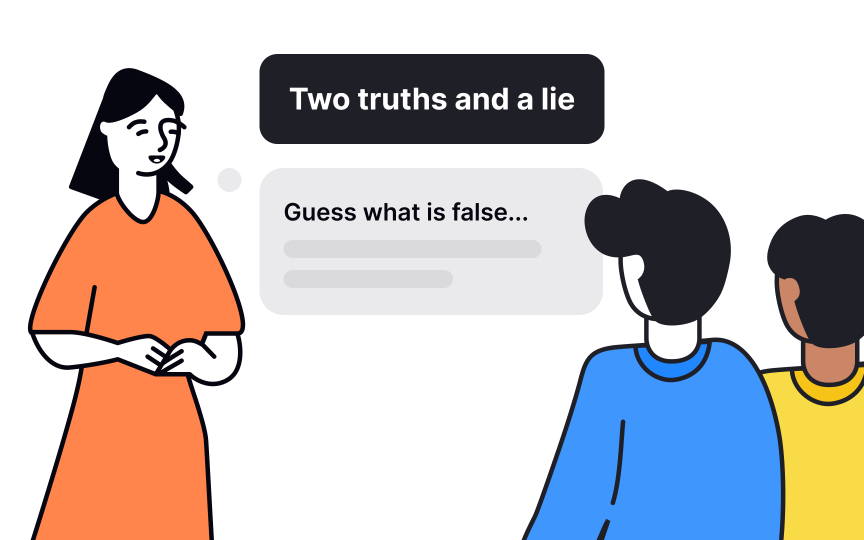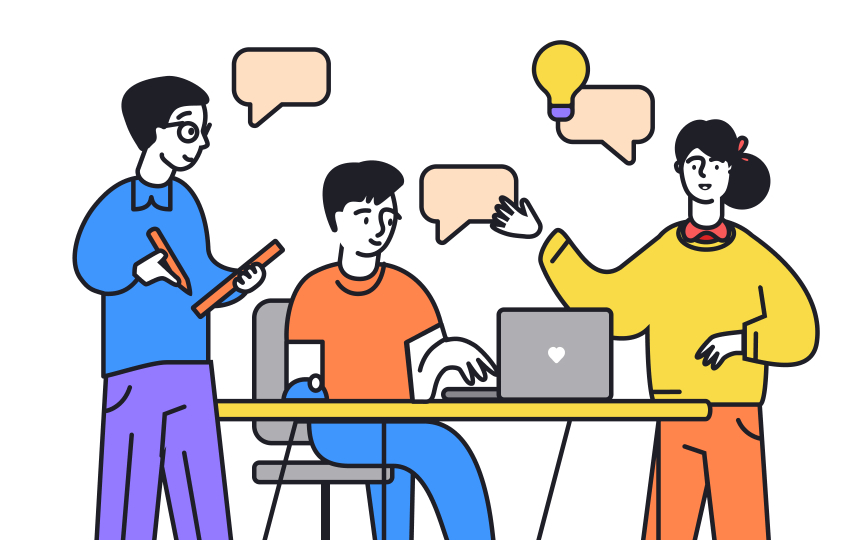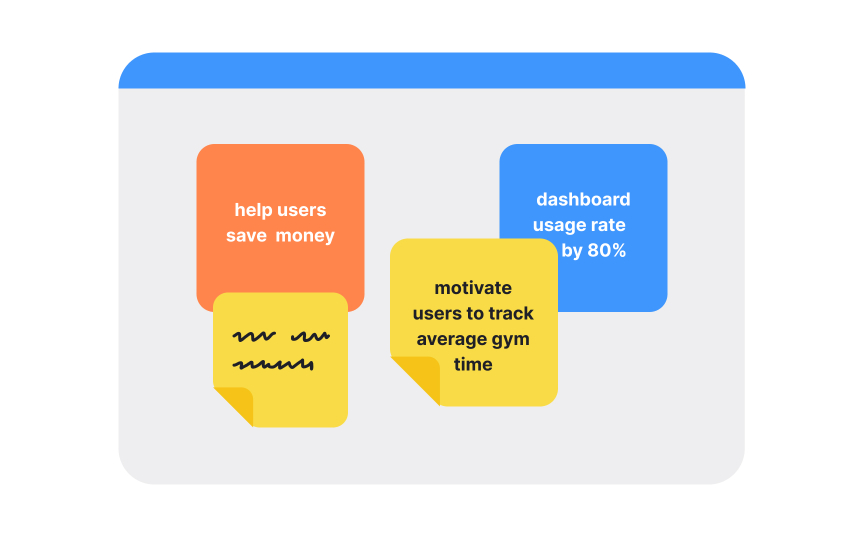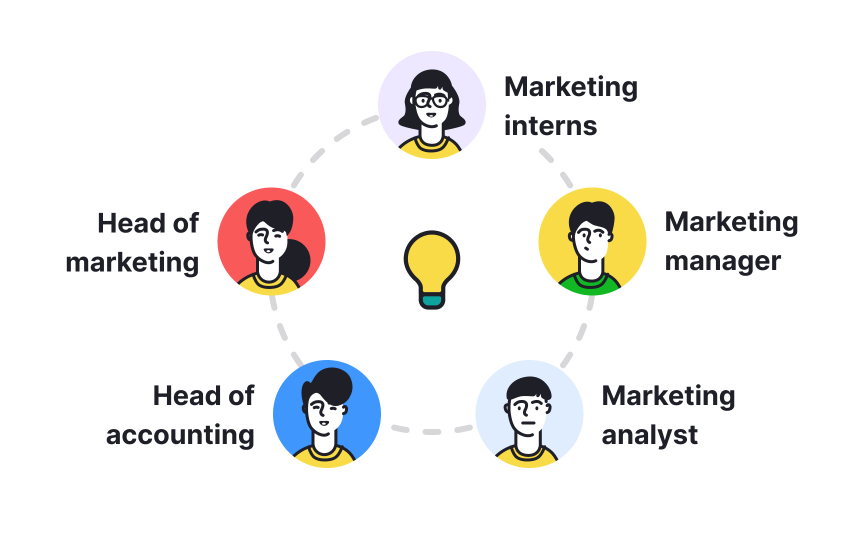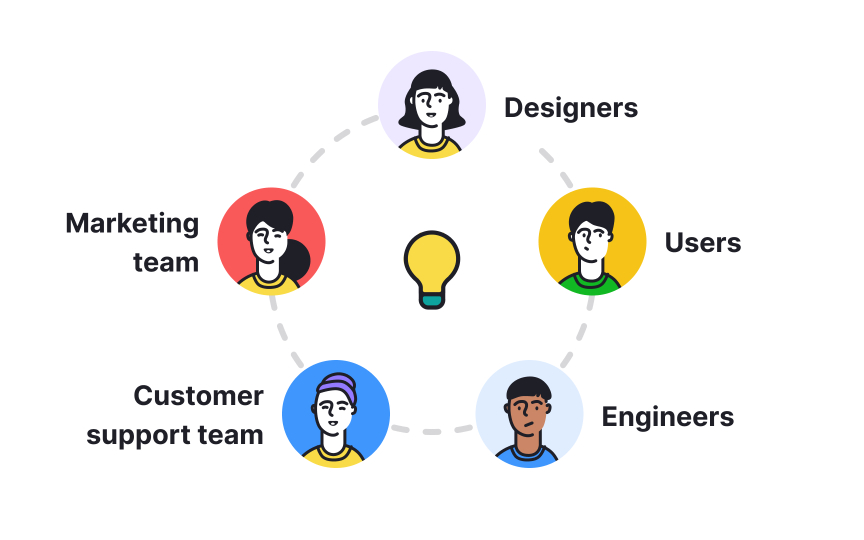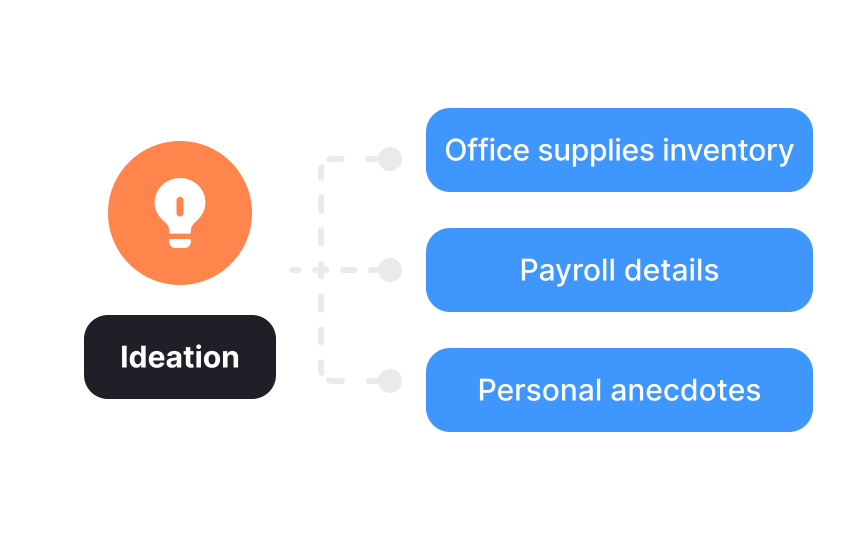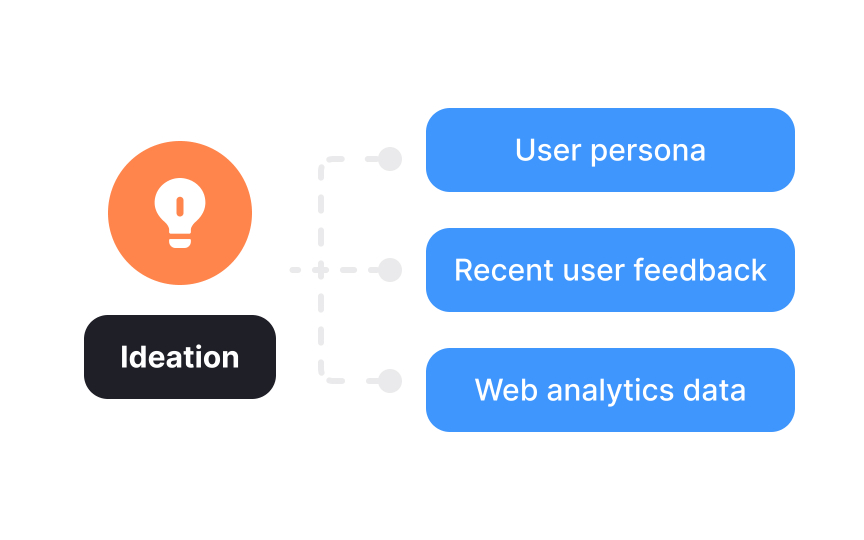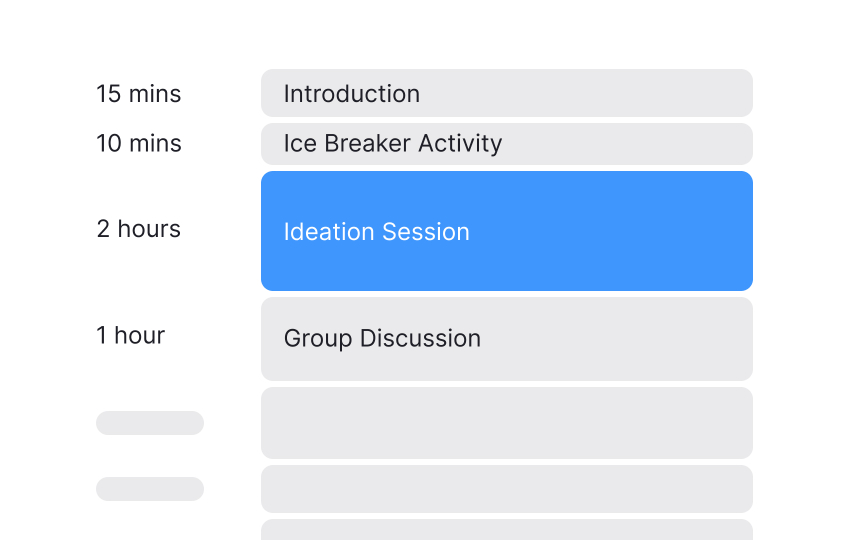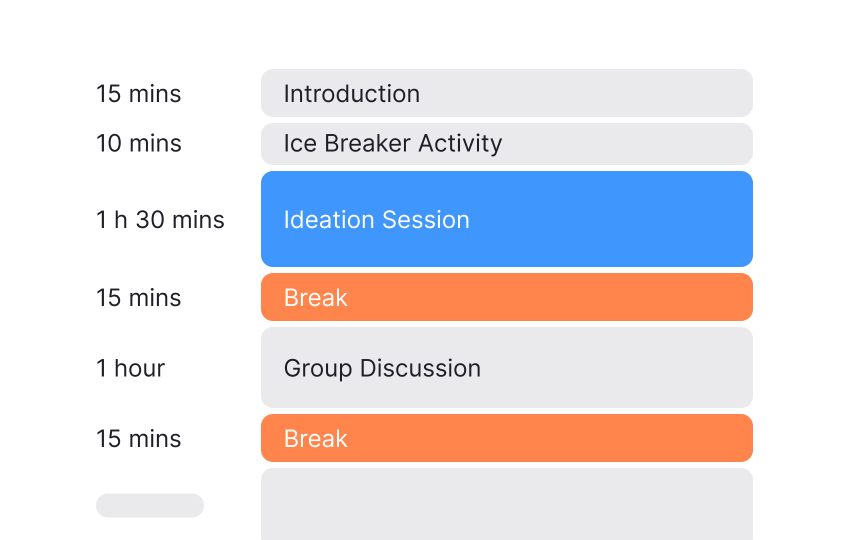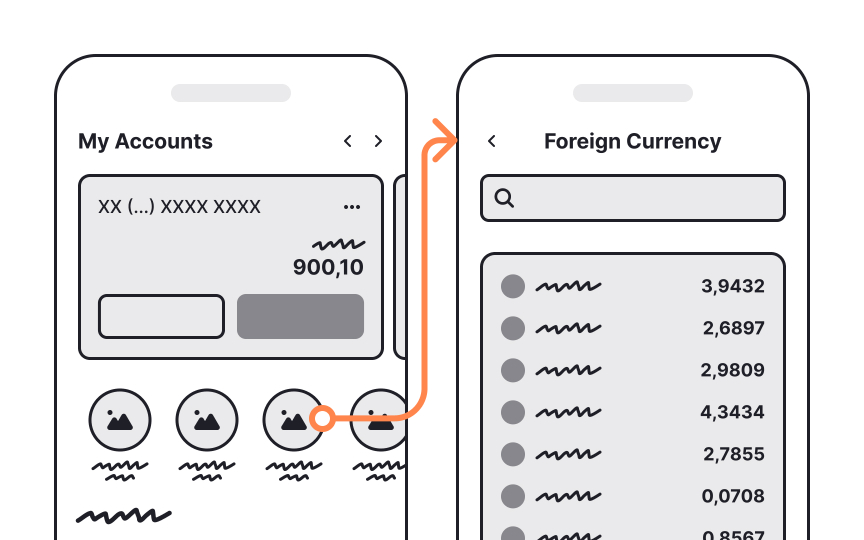Best Practices for Effective Ideation Sessions
Learn the best practices to conduct fruitful ideation sessions.
Effective ideation sessions hinge on recognizing the personal yet collaborative nature of idea generation. You’ll need to create an environment conducive to creativity, ensuring participants feel comfortable sharing their thoughts. Your facilitation and interpersonal skills will play a key role in drawing out diverse ideas and ensuring no valuable contribution goes unheard. Navigating the intricacies of group dynamics and fostering open communication are also vital at this stage.
Understanding the best practices to facilitate ideation sessions can help you guide them with confidence, maximizing the potential for innovative thinking. Remember, it's not just about generating ideas — it's about cultivating a collaborative environment where every perspective is valued and a collective creative energy is encouraged.
Creating an open and safe collaborative environment is crucial for effective ideation sessions. It encourages participants to freely share their thoughts, fostering creativity and innovation. Here are a few ways to ensure this:
- Build trust: Emphasize the importance of trust by assuring participants before the session that their ideas will be treated without judgment. This assurance creates a safe space for open expression.
- Set ground rules: Enforce rules for respectful communication such as “only one person speaks at once and everyone waits their turn.”
- Create a physical comfort zone: Comfortable seating, appropriate lighting, and a well-organized setting contribute to a positive and conducive environment.
- Offer flexibility: This means recognizing and embracing diverse communication preferences. Some participants may prefer written contributions, while others may excel in verbal discussions. Providing options ensures everyone can participate comfortably.
Initiating ideation sessions with icebreakers helps establish a positive and inclusive atmosphere. By injecting a sense of fun and relaxation, they help create an open-minded and non-judgmental space, setting the tone for a productive ideation session.[1] Some enjoyable icebreaker activities include:
- Two truths and a lie: Participants share 3 statements about themselves, two of which are true and one false, and the group has to guess the lie.
- Human bingo: Each participant is given a bingo card with different traits or experiences. The goal is to interact with others to find someone who matches each description.
- Metaphorical me: Participants choose an object that represents them and explain why.
- Group haiku creation: Participants collaboratively compose a Haiku as a group, with each participant contributing one word.
- Design your superhero alter ego: Participants design and describe their superhero persona, complete with unique powers and characteristics.
At the beginning of the ideation session, encourage participants to refrain from criticizing or analyzing ideas in real time, emphasizing that the goal is expansive thinking.[2] Use this period to collect a wide array of ideas without evaluating based on feasibility or perceived value.
Postponing evaluation promotes unbiased exploration, fostering an environment where even unconventional or seemingly impractical ideas can emerge. Allocate a specific segment towards the end of the ideation session solely for evaluating and refining these ideas.
Keeping a record of every idea generated during an ideation session ensures that no valuable insight is lost, and it provides a comprehensive resource for later evaluation and refinement. Additionally, a thorough record allows for transparency and accountability within the team. Various methods can be employed to capture and document ideas effectively:
- Digital platforms: Use collaborative tools like Notion and Trello, or dedicated ideation platforms like SessionLab, Ideaflip, or Stormboard to capture and organize ideas in real time.
- Whiteboards, sticky notes, or flip charts: In a physical setting, use sticky notes, whiteboards, or flip charts to visually display and document ideas. Take pictures for future reference.
- Idea cards: Provide participants with individual cards to jot down their ideas, which can later be collected and compiled.
- Note-taking apps: Encourage participants to use note-taking apps on their devices for easy and instant recording.
Inviting participants from various roles and departments to an ideation session can help collect diverse perspectives and generate innovative solutions. Different roles bring unique insights and expertise, contributing to a holistic problem-solving approach.
To select participants, consider individuals directly involved in the challenge at hand, decision-makers, and those with diverse skill sets. Include representatives from marketing, product development, customer support, and other relevant departments.
Additionally, involving a few end-users or customers can provide valuable external perspectives.
It is highly recommended to come to an ideation session with basic user research as it provides a foundation for informed idea generation. Understanding user needs, pain points, and preferences can help you tailor your ideas to address real-world challenges.
Essential information to have includes:
- User demographics
- User needs, behaviors, and pain points
- Feedback from previous interactions with your product
- Any specific data related to the identified problems
- Competitors and industry trends
Working with this information ensures that the generated ideas are not only creative but also aligned with the actual needs and expectations of the target audience.
Ideation sessions can vary in length, ranging from short, intensive bursts lasting an hour to comprehensive sessions spanning an entire day or more. Regardless of length, the importance of breaks cannot be overstated. Breaks provide participants with the opportunity to recharge their creative energy, preventing fatigue and ensuring sustained engagement.
Ideally, short breaks of 15-20 minutes every 60-90 minutes are recommended. During breaks, encourage participants to step away, go outdoors, partake in refreshments, engage in light physical activity, or simply relax.
Incorporating basic prototyping and testing with low-fidelity sketches or models during an ideation session can help explore an idea in detail. By creating simple prototypes for the most promising ideas, your team can delve into the nuances of each idea visually and make sure everyone is on the same page.
This hands-on exploration allows you to refine and iterate on ideas in real time, fostering a more detailed understanding of their viability. It streamlines the decision-making process by swiftly identifying strengths and weaknesses, guiding you toward more informed and effective ideation outcomes.
Similar lessons

What is UX Design?

Common Design Concepts

